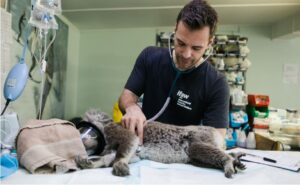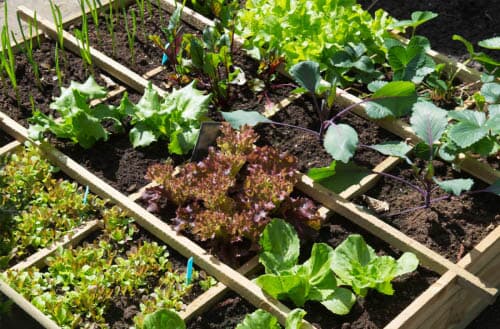Author: American-Outdoors.net
C/K10 Truck Coverlay Dashpad DIY Using Heat
How To Wire A GM 3 Wire Alternator
2023 C10 Truck Nationals- Nashville, Tennessee
Growing Your Small Farm Business
Growing Your Small Farm Business
Farming is no longer just a hobby – it’s a business opportunity. With the right knowledge, resources, and determination, you can turn your hobby farm into a profitable enterprise. It may seem daunting at first, but there are many steps you can take to monetize your hobby farm and make it a successful business venture. Below, American Outdoors shares some tips that will help you get your small farm business up and running. Continue reading
3 Ways You Can Help Improve Animal Welfare in Your Community and Beyond
Research cited by People magazine shows that by 2030, up to 75 million pets will be at risk of inadequate veterinary care. The prime cause of this is the low rate of annual veterinary graduates. Each year around 3000 individuals across the United States graduate as veterinarians. As a result, by 2030, there will be a total of 15,000 vets. However, this is well short of the required number of 41,000.
One of the prime factors for this shortage is the high cost of education it takes to become a veterinary doctor. This poses a major challenge for the future of animal welfare which can only be addressed by increased awareness and participation by the public. In this article by American-Outdoors.net, we’ll explore the best ways you can step up and make a positive contribution towards improving animal welfare. Continue reading
DIY Milk Jug Herb Garden
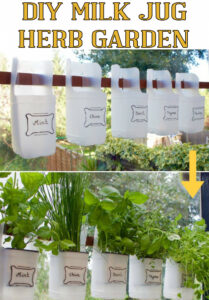 Materials Needed-
Materials Needed-
- 2 Pint sized plastic milk bottles,
- 3cm wide wooden baton long enough to fit your window ( I used the slat of an old wooden blind)
- scissors,
- craft knife,
- hole puncher,
- metal ruler
- permanent black marker pen.
Make Your Own Orange Scented Candle
Roasted Chicken In A Brown Paper Bag
Baked in a brown grocery bag this tender, juicy chicken will impress even the toughest critic!
Plant Tomatoes Deep Or Sideways- The Secret To Your Best Harvest Ever
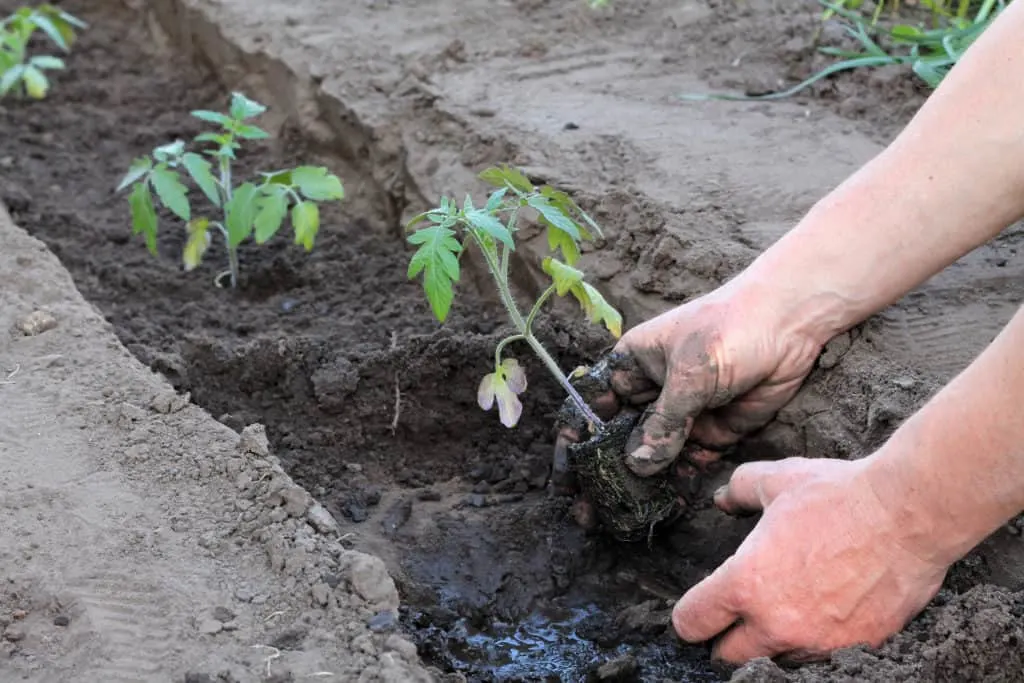
You’ve probably come across the common gardening advice arguing that planting tomatoes deeply is an absolute must.
It seems to go against all gardening instincts – especially when proponents recommend the leaves should be buried too.
But, as strange as it may sound, this piece of advice is absolutely true.
Although it is widely circulated across the internet and in gardening circles, there is often an important omission – why should you plant tomatoes deep? And how deep should you plant?
We’re going to break it down.
Sow Thistle
Sow Thistle Offers Multiple Menu Options
Found almost everywhere, this dandelion look-alike is equally as versatile.
Name: SOW THISTLE
(Sonchus oleraceus and other species)
Sunflower family (Asteraceae)
DESCRIPTION
Sow thistle is commonly mistaken for dandelion, to which it is related. Sow thistle is an annual weed with a more or less erect stem that grows from 1 to 4 feet tall.
The young plant forms a rosette of large, pinnately divided leaves, which are characterized by their almost-triangular terminal lobe. The young sow thistle is distinguished from dandelion by its tender, bluish-green leaves. The lower leaves on the mature plant are glaucous (dull, grayish-green or blue) and pinnately divided. The upper leaves of the mature plant are more or less entire, and they clasp the stem. When a leaf is torn or the stem is cut, a white sap oozes out.

The sow thistle flower is very similar to a dandelion flower. (Photo: Christopher Nyerges)
Fun Facts About Sunflowers
:max_bytes(150000):strip_icc():format(webp)/fun-facts-about-sunflowers-3972329-02-5cea64dbfce54ef49725a3a2969cf814.jpg)
Sunflowers are known for evoking a feeling of positivity because of their large, yellow blooms. They stand tall—taller than many other garden blooms—and always seem to perk up our moods. You may already be a fan of these familiar sunny flowers, but did you know that sunflowers can grow up to 12 feet tall in as little as six months, or how tall the current world-record holder is?
Interesting facts about the amazing sunflowers that you may not have known include: Continue reading
The Guide To Square Foot Gardening
Imagine it. Organized planters boxes laid out in a perfect pattern with walkways. Gardens that are bursting with life and look exceptionally manicured. Maybe you have seen them on t.v. and in magazines. These gardens that look as though they have been sculpted by a landscape artist. Have you ever wondered how it’s done or what it’s called? Well my friend, these gardens have a name, and it’s called square foot gardening. Looks difficult right? Maybe time consuming and too out of the box, well in this case in the box. In all actuality, this method is quite simple to undertake.
This simple method of gardening, has resurfaced over the years, and has become the next new gardening trend that everyone is digging into. From homesteads to the backyards of suburban neighborhoods and city community gardens, square foot gardening has helped many people turn the hobby of gardening into a fruitful lifestyle. Below, we have put together the ultimate guide for square foot gardening so that you can learn more about what it is and isn’t, its history, how you can get started and more. Continue reading
How To Grow Rhubarb
Rhubarb
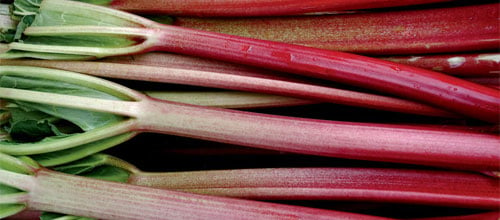 Chipman’s Canada Red rhubarb
Chipman’s Canada Red rhubarbRhubarb is a long-lived perennial grown for its succulent, super-tart stalks. It is usually one of the first spring foods that can be eaten from the garden and at any time of the season it provides a good excuse for making pie.
Rhubarb is one of the least demanding of all crops. Once established, there’s little work required. A happy plant will produce for decades. Grow rhubarb in full sun, in rich, lightly moist soil. In hot regions (USDA hardiness zone 6 and higher), plant rhubarb where it will get some protection from hot afternoon sun. Rhubarb will not thrive in a soggy location, where it will be susceptible to root rot, one of the few problems rhubarb can encounter. If your soil is heavy and doesn’t drain well, raised beds are a good option.
Rhubarb is a great pass-along plant. One way to get your rhubarb patch off to a fast start is to talk a fellow gardener into giving you a “chunk off the old block.” The best time to do this is in early spring before the plant’s leaves begin to unfurl. Use a sharp spade to slice down through the crown, taking out a piece with at least two pink knobs on top. You can also purchase container-grown plants from a garden center.
When preparing the planting hole, remember that this is a perennial plant that will grow for many years in the same spot. So dig a deep, wide hole (18″ deep and 18-24″ wide) and partially fill it with a 50:50 mix of compost or aged manure and good garden soil. Add a cup or two of all-purpose organic fertilizer and then place the roots in the hole and continue filling it, making sure that the buds end up 1-2″ below the soil surface.
It is important to keep rhubarb plants well-watered for the first year or two. Mulch will help to minimize water loss and maintain a more consistent moisture level. To maintain good production, add a few shovelfuls of compost around the crowns each spring.
At maturity, a rhubarb plant gets to be about 3 feet in diameter, so plant them 3 to 4 feet apart in a 3- or 4-foot-wide bed. Four to six plants will provide plenty of stalks for most families. Harvest sparingly, starting in the second year. Rhubarb sends up Jack-in-the-beanstalk like flower stalks, sometimes reaching 6 feet tall. They are decorative, but use up some of the plant’s energy. Remove the flowers as soon as they begin to form and you’ll be able to keep picking tender rhubarb stalks right through the summer and into the fall.
Is Rhubarb Poisonous?
Only the stalks of rhubarb are edible. The leaves contain oxalate, making them poisonous when consumed in large quantities.
According to the Rhubarb Compendium, you’d have to eat a lot of rhubarb leaves for it to be deadly — approximately 11 pounds. “Note that a fraction of that can cause sickness.”
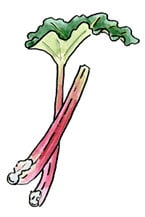 Eat the stalks, not the leaves.
Eat the stalks, not the leaves.Common-Sense Precautions
- Trim leaves from stalk right away.
- Wash the stalks before eating.
- Make sure children understand that only the stems are edible.
- Don’t let your pets eat it.
- Don’t use stalks after a frost (oxalic acid from leaves can migrate into stems).
How To Plan A Camping Trip
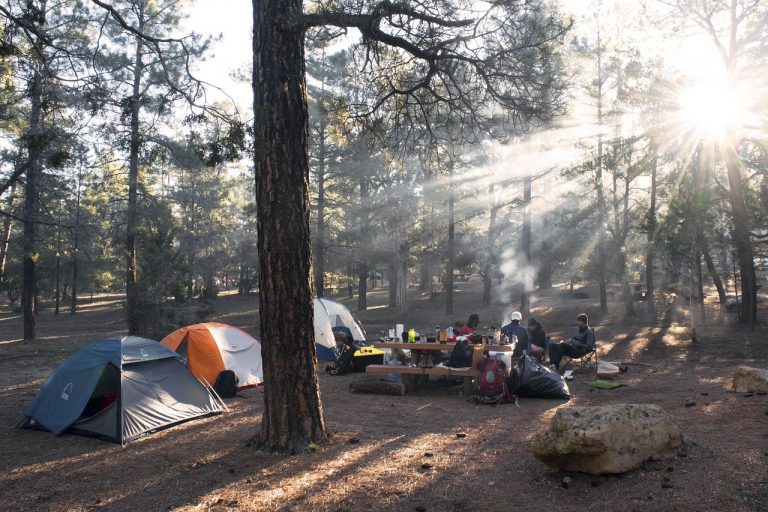
Whether it be telling stories around the fire, making s’mores, or hiking through the woods, a good camping trip cannot be beaten. It can help you to disconnect from the world for a bit, and provides a chance for you to connect with nature.
Although you will be leaving many of the comforts of home behind you, a camping trip can be a fantastic adventure of bonding and shared life experiences for everyone that is involved. However, even the greatest laid plans can be disrupted by disorganization or some type of unexpected disturbance. Therefore, it is best to think ahead and plan as much as possible for your next camping adventure.
Here are some things to think about to help you plan a camping trip that is sure to please the entire camping crew. Continue reading
Hindsights 2020 Chapter 6
Vegetable Garden Layout Ideas and Tips to Maximize Space in a Small Garden
Growing your own vegetables is a great way to get outside, stay active, and feed your family delicious, nutritious veggies all summer long. It’s an amazing summer hobby that will leave you happier and healthier.
But what do you do if you don’t have a lot of space? Luckily there are ways around that! Growing a beautiful vegetable garden in a small space is possible. I’m going to give you some layout ideas along with some tips for growing a lot of vegetables in not a lot of space.



